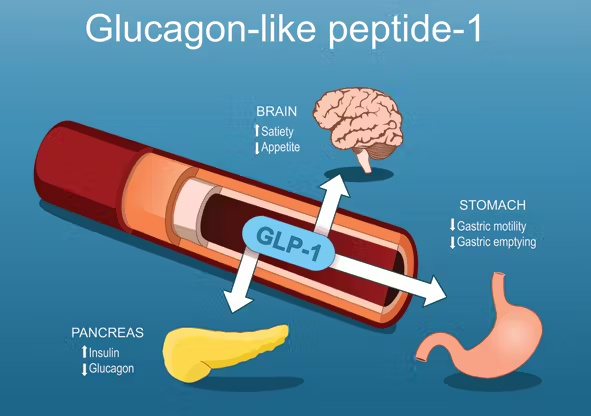A recent study suggested a link between glucagon-like peptide 1 (GLP-1) receptor agonists and a slight decrease in intraocular pressure (IOP). However, a new analysis points out potential oversights in the research methodology that may affect the reliability of these findings. Key concerns include the absence of propensity score matching, inadequate consideration of metformin co-usage, and failure to account for known glaucoma risk factors like corticosteroid use. These factors could lead to inaccurate conclusions about the true impact of GLP-1 receptor agonists on IOP.
A recent study indicated that glucagon-like peptide 1 (GLP-1) receptor agonists are associated with a slight decrease in intraocular pressure (IOP).
Multivariate analysis indicated that GLP-1 receptor agonists are not independent predictors of changes in IOP.
The study may have overlooked key factors that could affect the accuracy and interpretation of the results.
The absence of propensity score matching (PSM) could lead to baseline differences between groups, potentially affecting IOP change outcomes.
These differences could lead to inaccurate estimates of treatment effects, creating confounding biases.
The study did not adequately consider the common co-usage of metformin with GLP-1 receptor agonists, which could confound study conclusions.
Failure to account for known glaucoma risk factors, such as corticosteroid use, is a concern.
The study did not record the number of patients who progressed to glaucoma or suspected glaucoma during the follow-up period.
Link:
https://doi.org/10.1016/j.ajo.2024.09.038
